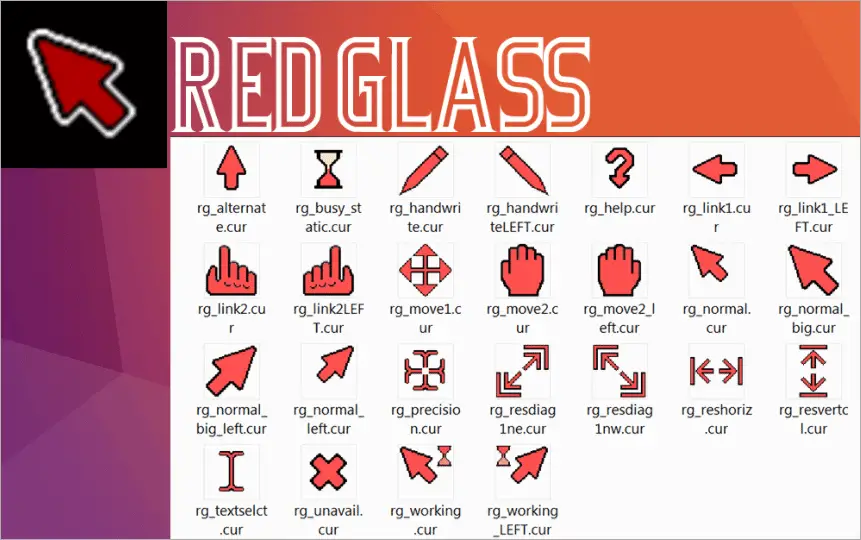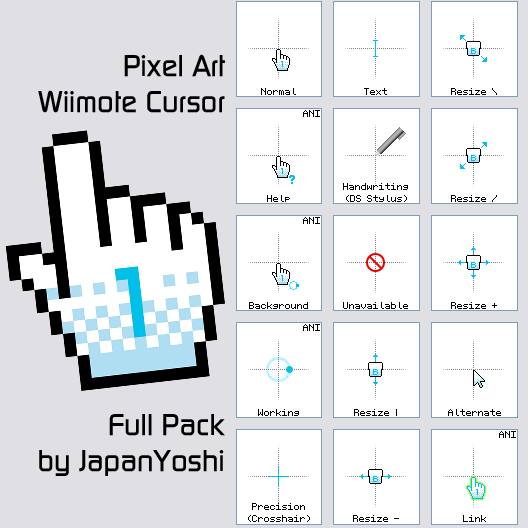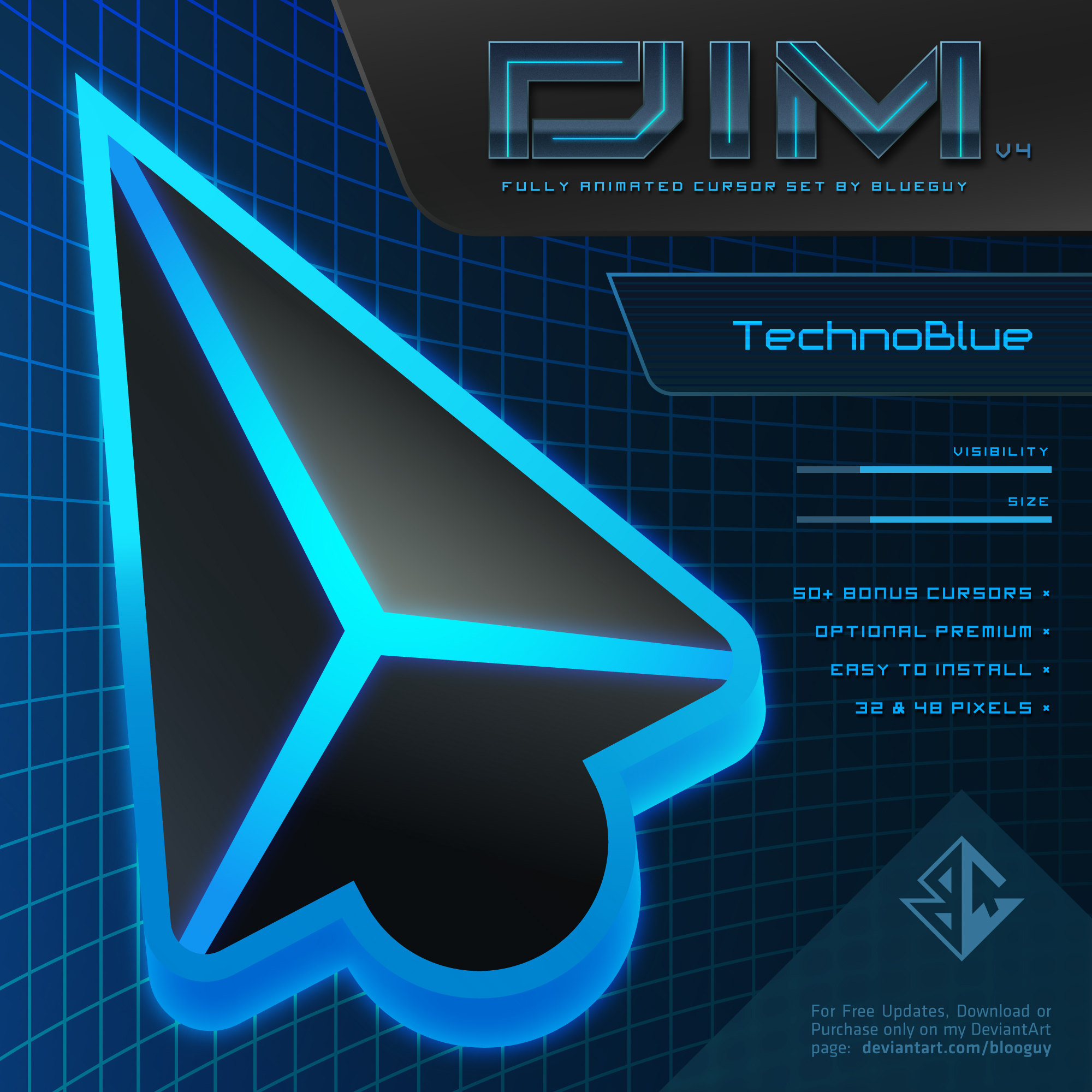
In most command-line interfaces or text editors, the text cursor, also known as a caret, is an underscore, a solid rectangle, or a vertical line, which may be flashing or steady, indicating where text will be placed when entered (the insertion point).
#PIXEL MOUSE CURSOR PACK WINDOWS#
The cursor for the Windows Command Prompt (appearing as an underscore at the end of the line) He wrote that the "bug" would be "easier" and "more natural" to use, and unlike a stylus, it would stay still when let go, which meant it would be "much better for coordination with the keyboard." Īccording to Roger Bates, a young hardware designer at ARC under Bill English, the cursor on the screen was for some unknown reason also referred to as "CAT" at the time, which led to calling the new pointing device a "mouse" as well.
#PIXEL MOUSE CURSOR PACK HOW TO#
On 14 November 1963, while attending a conference on computer graphics in Reno, Nevada, Douglas Engelbart of Augmentation Research Center (ARC) first expressed his thoughts to pursue his objective of developing both hardware and software computer technology to "augment" human intelligence by pondering how to adapt the underlying principles of the planimeter to inputting X- and Y-coordinate data, and envisioned something like the cursor of a mouse he initially called a "bug", which, in a "3-point" form, could have a "drop point and 2 orthogonal wheels". The term was then transferred to computers through analogy. A cursor is a name given to the transparent slide engraved with a hairline used to mark a point on a slide rule.

The missing pixel is normaly not visible by the user as the cursor is over it, but you can see it by taking a screen shot that does not contain the cursor.ĭnDGhostManager.enableDrag(JComponent,Transferable)ĭnDGhostManager.Cursor is Latin for 'runner'.
remove the center point (where the cursor is)Ī1.subtract(new Area(new Rectangle(getWidth() / 2, getHeight() / 2, 1, 1))) So that’s lead in my implementation to change the clip of the graphics when I am painting the image to keep away one pixel from being painted: I need the mouse release event to get through the window, so that’s mean the pixel behind the cursor should not be painted. So how could I apply this to my ghost window? In the example below ,it contains 2 buttons with a bit of space between them, if you click between them the window will lose focus and it’s actually the component behind the window that will grab the focus.ĭ.getContentPane().setLayout(new FlowLayout()) So the true problem was how to get the mouse event to be consumed by the component below the ghost window.Īt this time I remember the testing I have done with non opaque window, you could click through a non opaque window if nothing was painting were the click takes place. But what I actually wanted is to have the cursor in the middle of the ghost window.

So my first fix for this, was to add an offset of 1 pixel between the cursor and the ghost window, it worked well. I didn’t investigate much on that but I guess it’s because when the drop happen the cursor is over a window (the window where the ghost image is drawn) and not actually over the component that has the drop target. While implementing this solution I ran into a unexpected problem: the drop method from DropTarget was never call, so in the DragGestureListener.dragDropEnd(DragSourceDropEvent), DragSourceDropEvent.getDropSuccess() was always returning false. The solution I came up with is to use a non opaque window on which the ghost image is drawn and that is dragged around

To do that, it’s not possible to use any kind of trick that span over only a window to draw the ghost image. You can easily imagine, in the photocollage application of Romain, that the photo thumbnails would be inside a different window than the drop location. The biggest problem is (and even more lately considering that palettes/multi windows application are vastly used now), how to allow ghost DnD through multiple windows? If that’s a problem for you, you can simply fix it by using JLayeredPane or JXlayer (I won’t talk about this implementation in this article). One problem with this implementation is that it used the glasspane, a unique resource of a window. I guess many people seen the example(the photocollage application) from Romain Guy, when he was still playing with java, about ghost drag and drop using the glass pane to render the ghost image:


 0 kommentar(er)
0 kommentar(er)
